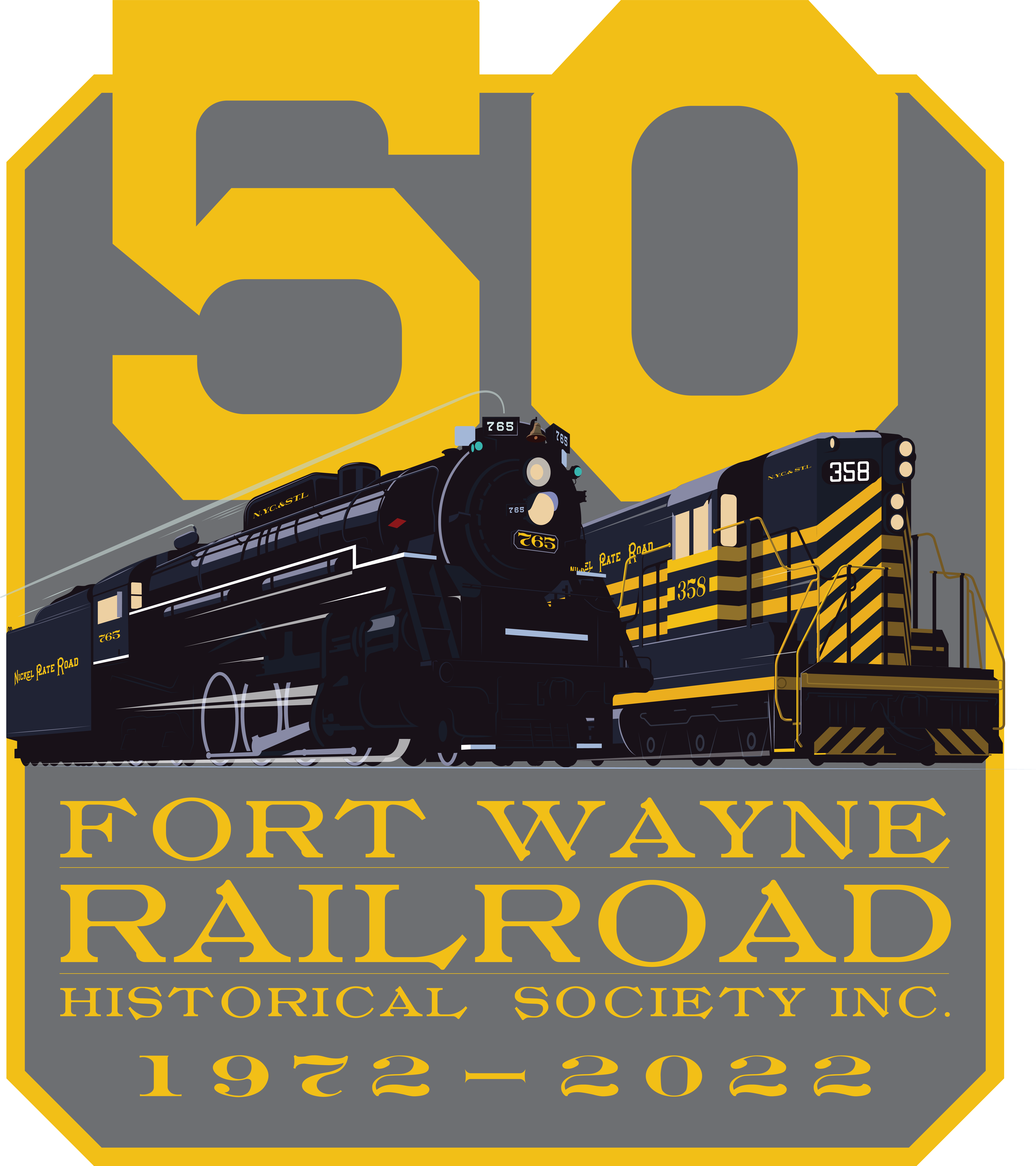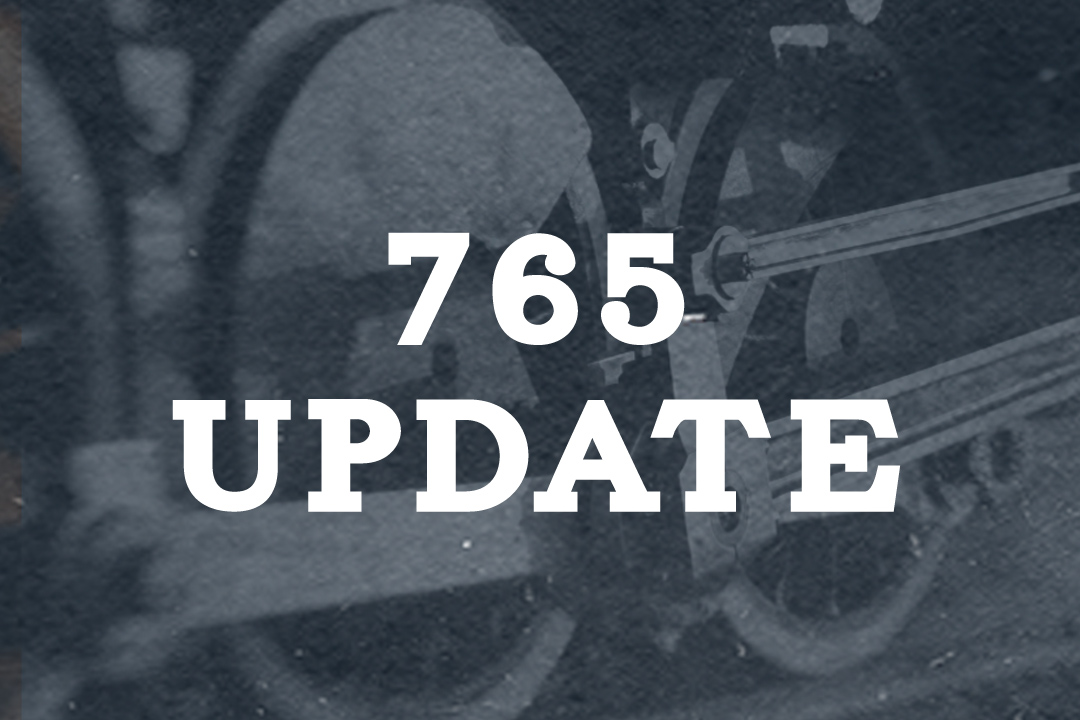Submitted by Steve Winicker.
LAST WEEKENDS SHOP ACTIVITY
Friday
John perfected the process for fixing the torn screens in the valve oil pump. Should have repaired versions in place soon. We received some shims from Metal Supermarket for the tool car to raise the coupler height. Five more gallons of paint made it into the auxiliary tank leaving only 19 more sections to do. Dave put in some work on the tamper.
Saturday
With only a few minor disasters we were by in large able to get another 10 gallons of paint into the auxiliary tank. We are now painted as far as we can go until Bob puts on the end of the tank, hopefully next week. Brandon did a fine job of applying paint to the last sections of the tank and Joe squeezed into the small cubbies in the front and finished most leaving only a small ceiling area to finish up. Carl, Craig and Andrew worked on cleaning and scraping the 765 tender. Once we get the end sealed up on the auxiliary tank we will use what paint is left to recoat some of the 765 tank. Goshen Dave cleaned up the paint sprayer. Dave Cox got a little time into taking off the muffler on the Societies’ truck. It still needs more to run effectively. Joe added some to the building wiring. We also cut out a blank for the middle wall section in the auxiliary tank.
Sunday
Sunday Brian Smith and myself worked on various projects. I re-primed the airless paint sprayer with thinner and find it works well on thinner, so it should be ready to go. I finished trimming the center wall panel for the auxiliary tank. It appears to match the dimensions given me by Bob outside of the right side being ¼ inch too long. I plan to leave it to Bob to trim as needed.
UPCOMING ACTIVITIES
Bob is scheduled to arrive on Monday. He and a small crew will be working on finishing the auxiliary tank and other projects as time permits. You are welcome to join the fun if you have the time.
On the schedule for next weekend will be
- finish painting of the interior of the auxiliary tank, assuming Bob is finished with the divider.
- Finish cleaning the 765’s tender and possibly restoring the coating on some interior sheets.
- The engine oil lubricator needs to be checked for flow and leaks in the plumbing.
- Provided we have the bushings hardened we can install them in the auxiliary tank truck brake levers.
- Other tasks as things work out through the week and I find if Bob and crew have finished all of these tasks.
More distant upcoming activities
Crew training April 22
765 Hydrostatic test May 8th followed by the internal inspection on the 9th.
Steam test of the 765 May 30th.
SAFETY SENSE
A general, beginning of work day inspection is a very important part of a forklift operators job. Never operate a forklift without conducting a thorough pre-operational inspection. Skimming over the inspection could easily result in an operator overlooking a very important defect with the equipment, which could result in serious injury to the operator or other co-workers.
It may seem like you’re looking at the same parts everyday (and you are) but it is important. Our forklifts get a lot of use, and sometimes abuse, throughout and things do happen. Drivers may hit things or lift things that could cause damage to parts of the forklift. Items wear and cracks that may not show up originally in a part may finally become noticeable after time. You want to be the one to find a defect BEFORE you utilize the forklift.
Cracked hoses or defective electrical components are probably the most commonly found items. If you find an item, bring it to management’s attention. Ensure it is not a critical component. If it is, take the forklift out of service, and tag the vehicle with a yellow Caution Tag stating ‘DO NOT USE’. State the defect on the Yellow Tag.
It is also important to keep the forklifts reasonably clean. When dust and dirt build up within the forklift it is easy to overlook a defect such as a hydraulic leak of frayed electrical wire. Take the time to periodically blow out the forklift to keep the dirt from building up. Depending on where the forklift is used, you may have to perform lift cleaning more often than others.


